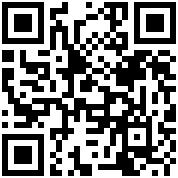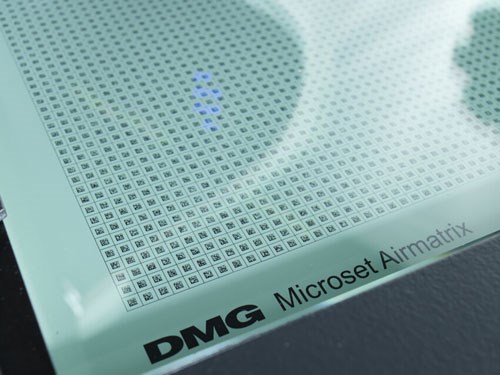Published
What’s in a Code?
You’ll start to encounter two-dimensional matrix codes like this more frequently. Learn how your shop might benefit from them.
Share




We’re all familiar with straight-line barcodes that retailers use to track inventory and price products. Scannable, two-dimensional matrix codes, such as the one below, function similarly, and their popularity is increasing because they have the ability to store much more information than their linear predecessors.

This scannable, 2D matrix code contains more information
than its linear predecessors.
than its linear predecessors.
The pixelated two-dimensional codes are being used in a variety of ways. The tool presetter highlighted in this article is one interesting industrial example. That application uses what are known as data matrix codes.

The position of the presetter’s sensing unit is accurately determined by reading tiny, two-dimensional data matrix codes embedded in the glass.
But another style of two-dimensional codes, quick-response (QR) codes, is more prevalent due in part to the growing popularity of smart phones. Apps enable smart phones to scan a QR code and, depending on the code, immediately access a website, see a video, get a phone number, send an instant message and more.
Read more to see how you might benefit from using them.






















